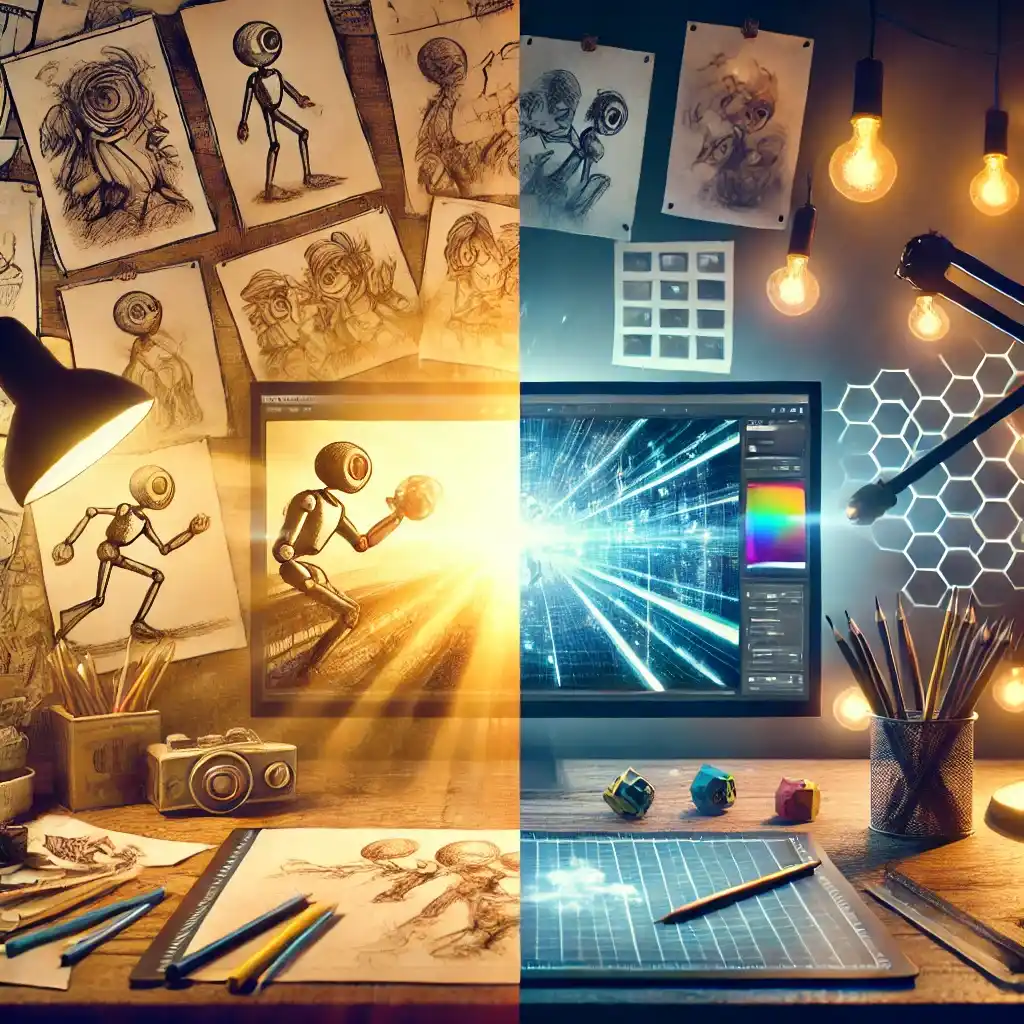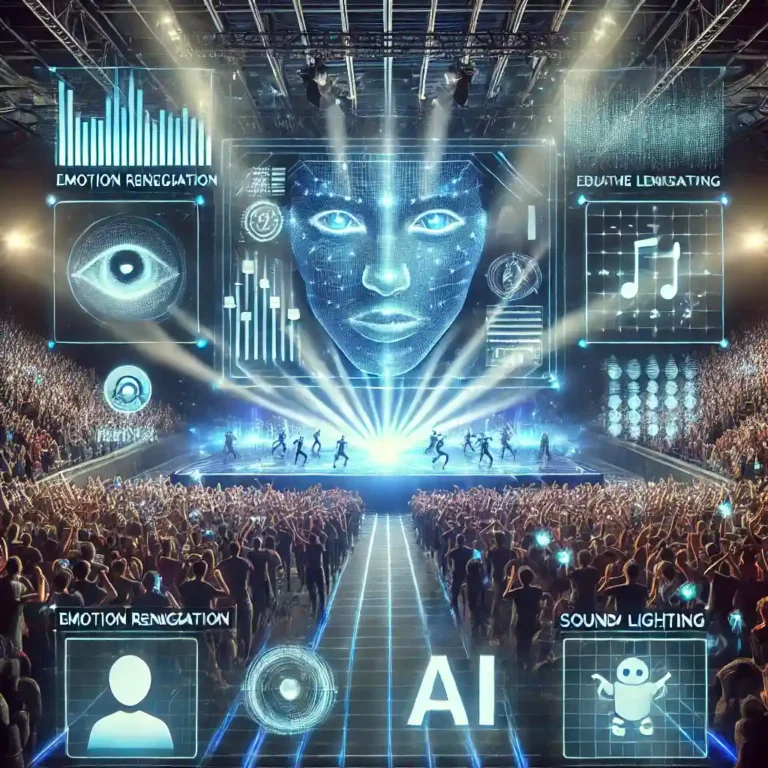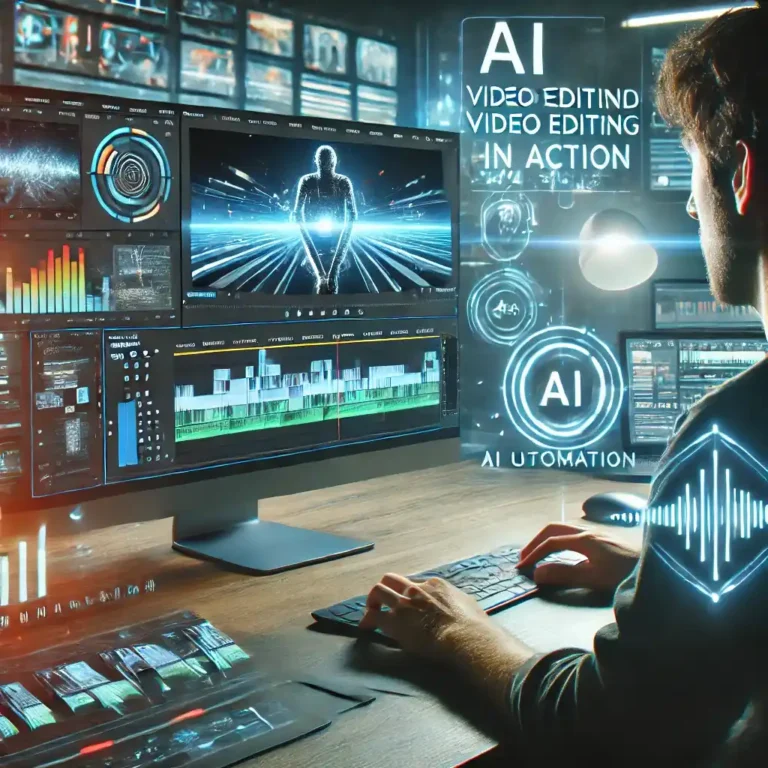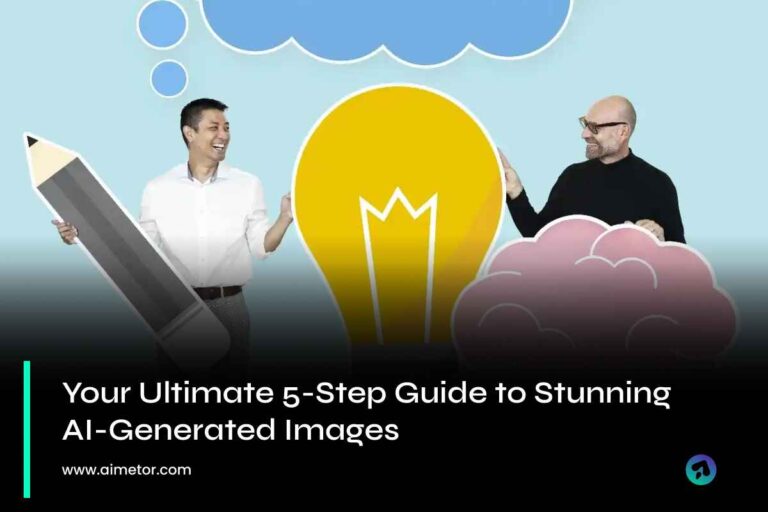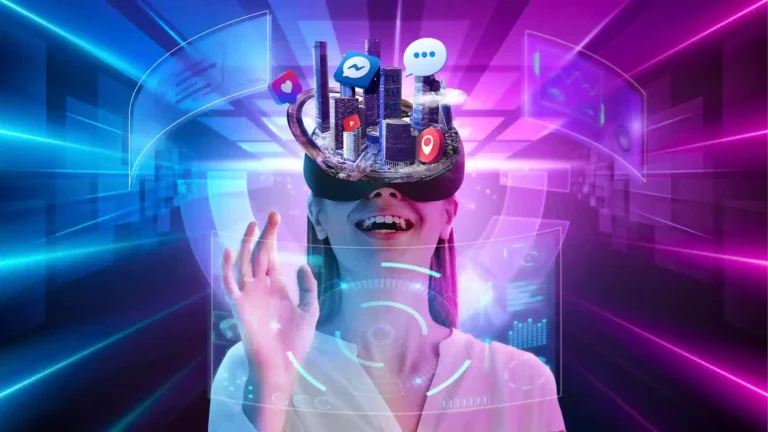SORA vs Traditional Techniques in the Creative Industry
Animation has been used for storytelling for many years, captivating audiences with magic and creativity. The introduction of SORA, OpenAI’s advanced video generation tool, has changed how animations are made. We will explore how SORA compares to traditional animation techniques and why it is a potential big thing for the creative industry.
Traditional Animation
It has evolved over the years, from hand-drawn cartoons to 3D animations, and traditional animation has come a long way. However, creating animation in traditional ways takes a lot of time, effort, and significant resources.
Key Features:
- Labor-Intensive:
Artists often draw frames by hand or use complex software for 3D rendering. - Time-Consuming:
Production of even a few seconds of animation can take days or weeks. - Team Effort:
Animators, illustrators, sound designers, and editors collaborate to bring stories to life. - High Costs:
Specialized software, skilled professionals, and production tools are costly. - Creative Flexibility:
Despite its challenges, traditional animation allows for creative control.
What Makes SORA Different?
SORA is an entirely new approach to animation. Powered by artificial intelligence, it makes the creation process very easy while maintaining high-quality results. With just a text prompt, users can generate visually stunning videos.
Powered by artificial intelligence, SORA simplifies the animation process with just a text prompt. Learn more about OpenAI’s technology behind it.
How SORA Stands Out:
- Speed:
Instead of spending weeks on animation, SORA delivers results within minutes. - Accessibility:
There is no need for expensive tools or expert skills; anyone can use them. - Customization:
Users can modify the appearances of characters, environments, and styles easily. - Cost-Effectiveness:
Eliminates the need for large teams or costly software licenses. - Creative Potential:
AI-powered tools like SORA still allow for customization and artistic input.
A Side-by-Side Comparison: SORA vs Traditional Animation
To understand the difference more clearly, let’s break it down further.
| Aspect | Traditional Animation | SORA Animation |
| Skill Requirement | Requires trained animators and designers | Beginner-friendly; no prior skills needed |
| Time Investment | Weeks to months for a single project | Minutes to hours, depending on the complexity |
| Cost | High production costs | Affordable, minimal tools required |
| Flexibility | Total creative control with manual effort | Customizable but depends on AI interpretation |
| Scalability | Limited by human resources and time | Easily scalable for multiple projects |
| Accessibility | Requires extensive training and resources | Open to anyone with an idea |
Advantages of SORA for the Creative Industry
The introduction of SORA has brought unique opportunities for businesses and content creators.
- With SORA, animation is no longer limited to experts. Anyone with an idea can create videos.
- AI eliminates many costs associated with traditional animation, making it feasible for smaller teams or startups.
- Creators can quickly test ideas and visualize concepts, saving valuable time.
- From marketing to education, SORA can cater to various industries with ease.
- Need multiple versions of the same ad? SORA can generate variations without extra effort.
Challenges SORA Still Faces
While SORA has many benefits, it is not perfect. Like any technology, it has its limitations.
Key Challenges:
- Artistic Control:
AI-generated animations may lack the emotional depth provided by traditional methods. - Learning Curve:
While simple to use, getting precise results requires experimenting with prompts. - Dependence on AI:
Creators may feel limited by the AI’s interpretation of their input. - Ethical Concerns:
AI tools like SORA may lead to debates about job displacement in the animation industry.
Applications of SORA
The possibilities with SORA are endless. Let’s explore where it can be effective:
- Content Marketing:
Companies can create quality promotional videos with very little cost. - Social Media:
Quick, engaging animations for platforms like Instagram, TikTok, or Facebook. - Education:
Teachers can generate animated tutorials to explain complex topics. - Entertainment:
Filmmakers and creators can create short films or series. - E-Learning Modules:
Animation can make learning interesting which helps to make online courses interactive and engaging.
AI tools like SORA make it easy to create animations for social media and marketing. Learn how [AI prompts generate captivating images for similar creative purposes. creating animations for social media and marketing is easy.
Why SORA Could Be the Future of Animation
The animation industry is always evolving. As technology advances, tools like SORA are shaping its future. Here’s why it’s a significant milestone:
- Inclusivity:
SORA allows people with zero artistic skills to contribute to creative fields. - Efficiency:
By automating repetitive tasks, it lets creators focus on storytelling. - Breaking Barriers:
Small businesses and independent creators now have access to professional animation tools. - Room for Innovation:
The combination of AI and human creativity can lead to new artistic styles. - Adapting to Trends:
Its ability to quickly generate trendy visuals makes it a valuable tool for marketers.
SORA does not aim to replace traditional animation. While traditional methods remain essential for projects, SORA brings speed, accessibility, and innovation. This AI-powered tool is a game-changer for the creative industry. It empowers creators to bring their visions to life and open doors to new possibilities. Whether you have experience in animation or you are a beginner, SORA has something for you.
The choice between SORA and traditional animation comes down to your goals. Need detailed, emotional storytelling? Traditional animation might be the way to go. Want quick, high-quality results without extensive resources? SORA is your tool. With these tools at our fingertips, the future of animation has never looked brighter.
